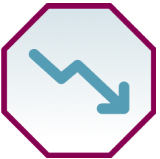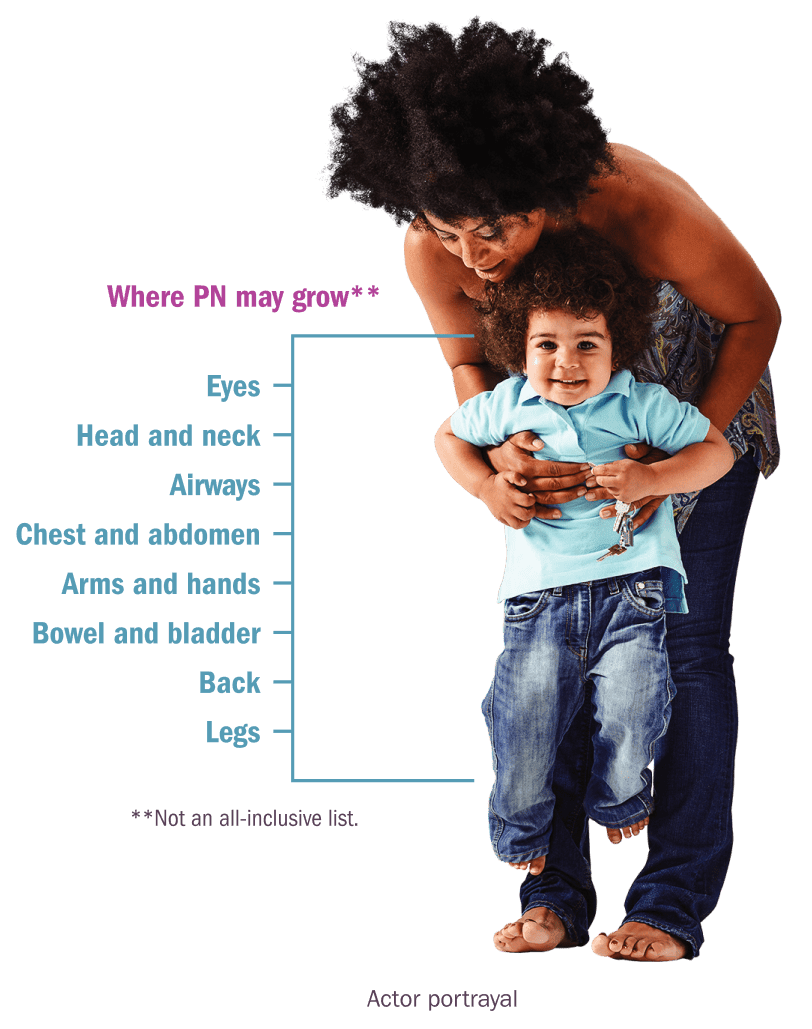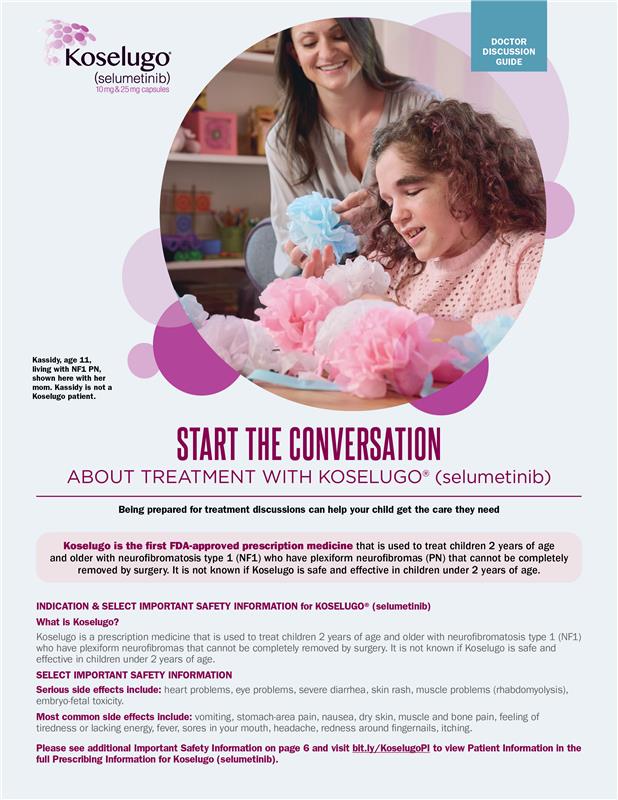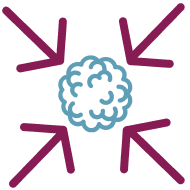STAY INFORMED ABOUT NF1 PLEXIFORM NEUROFIBROMAS
To receive the latest updates, tools, and tips about NF1 plexiform neurofibromas and Koselugo, please provide us with some information about yourself.

Caleb, age 7, living with NF1 PN, shown
here with his mom.
Caleb is not currently taking Koselugo.
NF1 is a rare genetic disorder that affects nearly 1 in 3000 people worldwide. Individuals with NF1 commonly have tumors along nerves in their body. Plexiform neurofibromas (PN) are one type of tumor seen in NF1.
Some people may refer to plexiform neurofibromas as plexis, plexiforms, or plexiform tumors.

Noncancerous tumors that can grow along nerves in the body.

Seen in up to 50% of children
with NF1.*

Plexiform neurofibromas generally continue to grow throughout childhood.

Plexiform neurofibromas can grow on any nerve in the body. Regardless of size, any plexiform neurofibroma may cause symptoms, depending on where it's located in the body.
As plexiform neurofibromas grow, they may cause new or worsening symptoms.


Acting early is essential to stay on top of plexiform neurofibroma growth. Ask your child's doctor for a referral to an NF1 specialist or an oncologist to see if Koselugo may be right for them.
Download the guide
The National Cancer Institute (NCI) NF1 Natural History study monitored people with plexiform neurofibromas over time. This study was conducted to help understand how plexiform neurofibromas grow.
Percentage change in target PN volume, Natural History study

Plexiform neurofibroma growth may be unpredictable and should not be ignored. Plexiform neurofibromas typically grow fastest in the first 10 years of life, making it important to have a conversation with your child's doctor as early as possible if your child is experiencing symptoms.

If your child's plexiform neurofibromas cannot be removed by surgery, Koselugo may be able to help. Ask your child's doctor if Koselugo is right for you.

Children with plexiform neurofibromas are usually seen by specialists who focus on treating symptoms caused by this disease. The location and symptoms of your child's plexiform neurofibromas will help determine which doctors are best to see for treatment.
By spotting plexiform neurofibromas early and communicating new or worsening symptoms with your child's doctor, you can help your child get the treatment they need.

Surgery for plexiform neurofibromas may not be recommended by your child's doctor if they are closely intertwined with critical nerves and blood vessels, located near major organs, or cannot be completely removed by surgery.

Learn about how Koselugo was studied in children and teens with NF1 plexiform neurofibromas.
To receive the latest updates, tools, and tips about NF1 plexiform neurofibromas and Koselugo, please provide us with some information about yourself.
What are the possible side effects of Koselugo?
Koselugo may cause serious side effects, including:
Before taking Koselugo, tell your healthcare provider about all your medical conditions, including if you:
Tell your healthcare provider about all the medicines you take, including prescription, over-the-counter medicines, vitamins, or herbal supplements. Especially tell your healthcare provider if you are taking aspirin, blood thinners, or other medicines to treat blood clots. Koselugo contains vitamin E, which may increase risk of bleeding.
What should I avoid while taking Koselugo?
Do not drink grapefruit juice, eat grapefruit, or take supplements with grapefruit or St. John’s Wort during treatment.
Most common side effects include: vomiting, stomach-area pain, nausea, dry skin, muscle and bone pain, feeling of tiredness or lacking energy, fever, sores in your mouth, headache, redness around the fingernails, itching.
These are not all the possible side effects of Koselugo. Call your
healthcare provider for medical advice about side effects. Your
healthcare provider may change your dose, temporarily stop, or
permanently ask you to stop taking Koselugo if you have any of
these side effects.
You may report side effects to AstraZeneca at 1-800-236-9933 or
at
https://
us-aereporting.astrazeneca.com
or FDA at
1-800-FDA-1088
or
www.fda.gov/medwatch.
What is Koselugo?
All families shown in this website have been compensated by Alexion, unless otherwise noted.